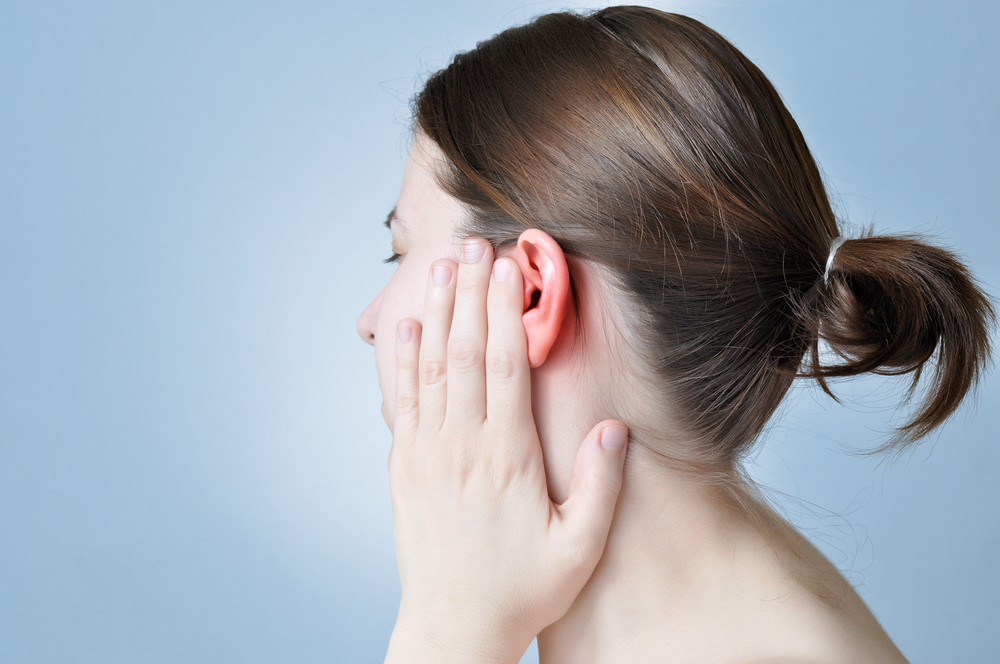Ruptured eardrum or perforated eardrum, is an injury in the eardrum or typanic membrane. This injury may come as a small hole or tear. The tympanic membrane is a thin tissue that divides your middle ear and outer ear canal. This membrane enables you to hear by vibrating the sound waves that enter your ear. A ruptured eardrum may cause problems with hearing.
Causes of a ruptured eardrum
- Infection
- Middle ear infection (otitis media)- This infection is caused by the accumulation of fluids in your middle ear. Pressure from these fluids can cause the eardrum to rupture.
- Pressure Changes- The difference between the air pressure in the middle ear and in the environment can bring stress to the ear. Severe pressure can rupture the ear.
Some of the activities that may cause pressure changes in the ear are:
- Scuba diving
- Flying in an airplane
- Driving or climbing at high altitudes
- Shock waves
- Direct, forceful impact to the ear
- Injury or Trauma
- Acoustic trauma- extremely loud noises can damage the ear.
- Accidents- accidents can cause the ear to rupture. Examples are getting hit in the ear, sustaining an injury during sports, falling on your ear, car accidents.
- Foreign Objects- Small objects, such as a cotton swab or hairpin, can puncture or tear the eardrum.


